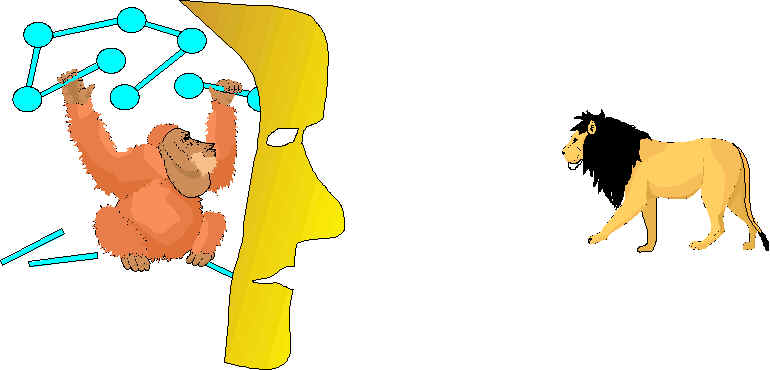
The Turing machine paradigm was created specifically to demonstrate that machines were unfit for complex cognitive applications, so it isn’t surprising it doesn’t work well for those purposes. It would have been highly innovative to create a new cognitive paradigm, but then it would be very difficult to know it would work generally, and it would be hard for users to interact with if its workings were alien to them. There was already a cognitive model which everyone is familiar with - an active, extensible, long-lived, self-modifying connected structure propagating complex messages.

We merely copied its attributes. We didn’t set out to do so, we set out a long time ago simply to combine the influences of time and cost in project management. This led us to distributed activity in a connected structure, so the two influences could interact by changing states on their connections. We found we had to propagate states and numbers and ranges and objects and structure, so the messages became complex. We couldn’t be sure what influences would apply in what order, so the structure had to be undirected, allowing information to flow backwards and forwards. It was tedious for the user to change the structure to represent each change, so this rigidity was overcome by implementing structural self-modification, and if this were to work effectively, we would need structural backtrack, the ability of the structure to use resources to modify itself, and then possibly retreat from that state. There is a little bit of innovation here, in that the structure, and the complex messages within the structure, are made out of the same stuff, making it easy to backtrack simultaneously out of both the messages in the structure and the structural change they may have caused.
Each of these attributes was forced on us so we could automate what humans do readily in analysis, planning and design, where there can be no long strings of directed steps and much of the structure is “up in the air”. The structure created in the computer is active, coherent, undirected, long-lived, extensible and capable of self-modification. The only significant change was to use notional wires to transport information in both directions, rather than the human’s use of looping back and self-excitation to obtain the undirectedness of cognitive activity.
The innovation consists of building all the elements of a complete active structure paradigm which can supplant the algorithm/data structure and other directed paradigms in cognitive applications. – anywhere the directedness of the components or the invisibility of the stack or instruction stream, or the lack of self-growth to handle localised complexity, leads to poor performance or disjointed operation or extremely slow response to change.
We are now engaged in a full frontal assault on the English language, at least in its legal and scientific guises. Some more innovation is required to handle it, but surprisingly little. Once the parsing is out of the way, the structures that the text represents look remarkably similar to the structures we have been building for a long time. See NLP